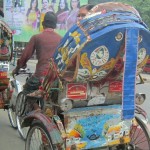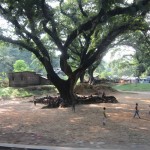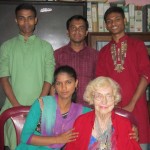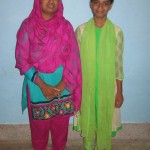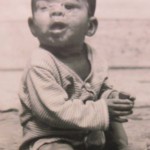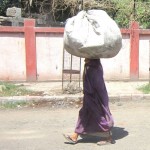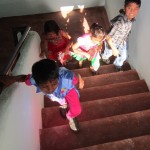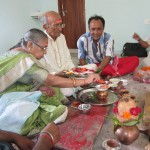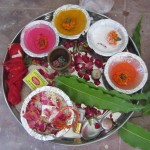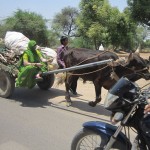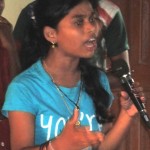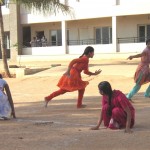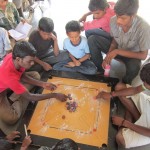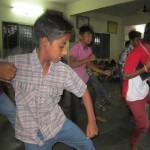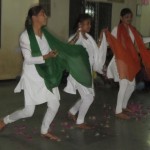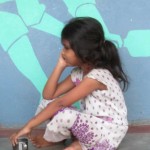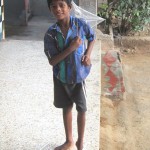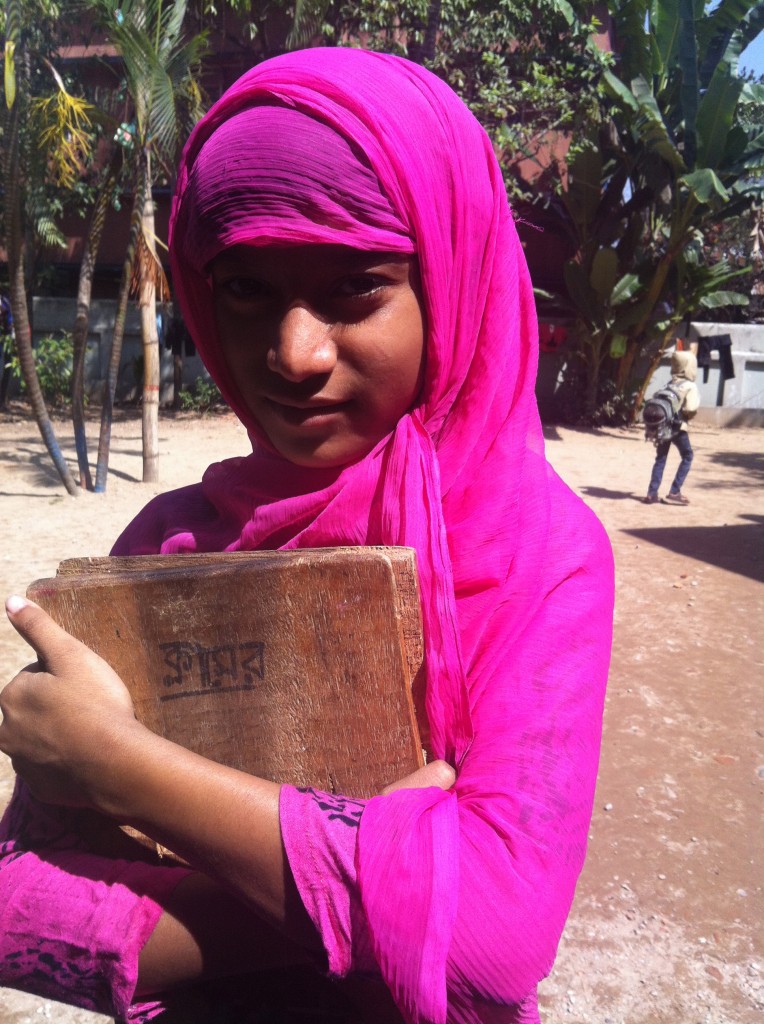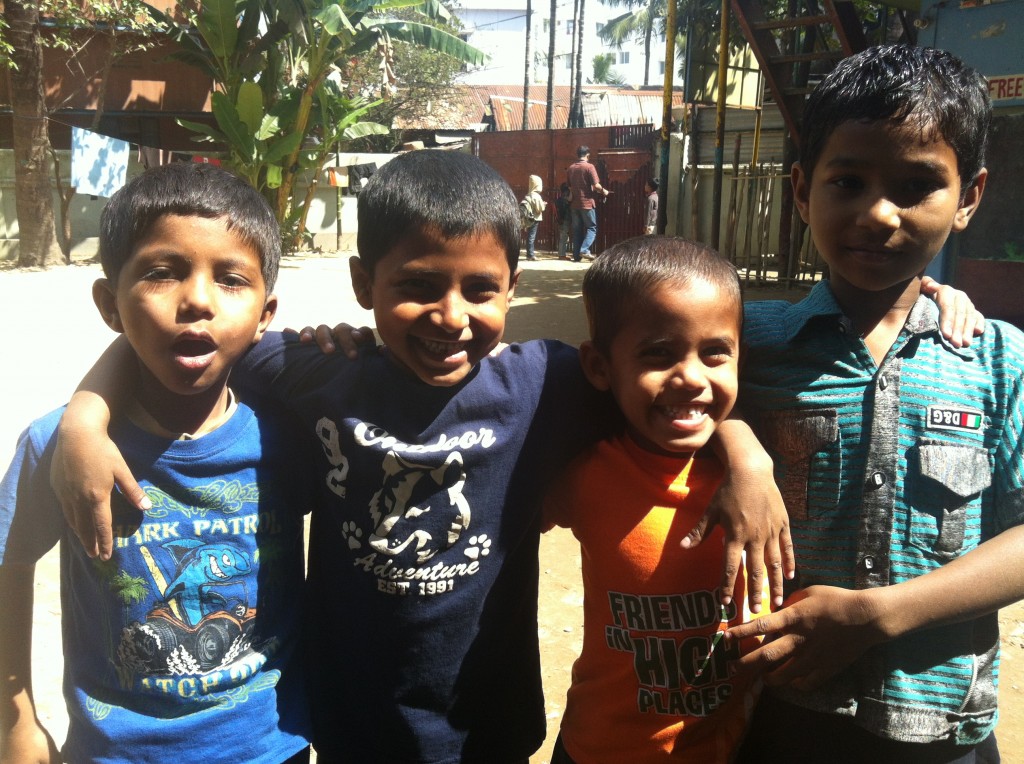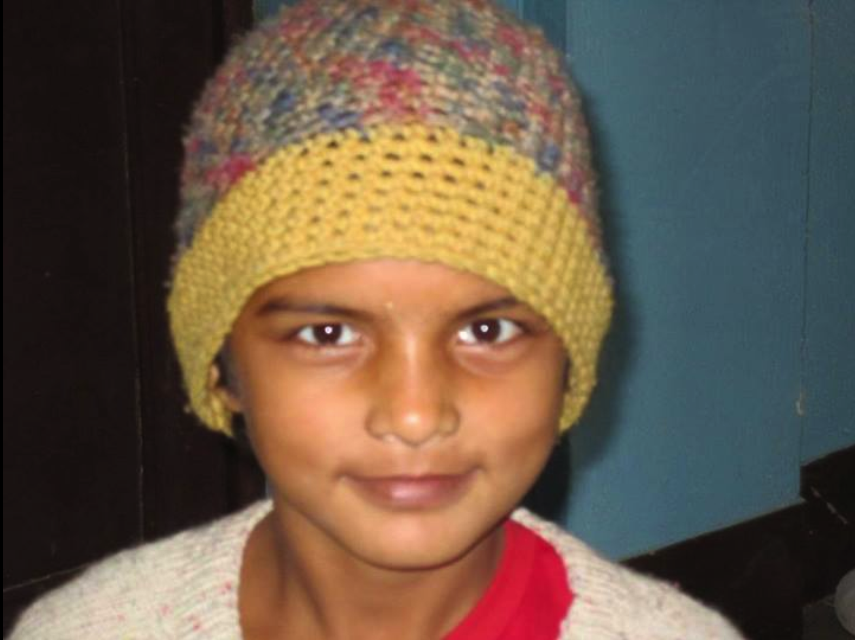Robin Cappuccino is currently visiting all of the Child Haven homes and programs overseas. He has been kind enough to share a glimpse of his journey with us.
Salaam Alaikum from Child Haven International’s Home for 69 formerly destitute children in Chittagong, Bangladesh. Our ride from the airport takes us past stalls filled with jack fruit, bitter melon, lotus root, and many other appetizingly mysterious (to me) offerings from this verdant, fertile land. We pass rickshaws and trucks resplendent with colourful artwork making one marvel at the timid approach to vehicular decoration on the other side of the planet. Equally as impressive are the huge loads of steel rebar, furniture, the odd refrigerator, piles of food, recyclables and plastic-ware moved along on bicycle-carts powered by well-toned men. These loads are often piled up several times the height of the driver. We pass a newish presumably in-need-of-repair motorcycle and its jean-wearing owner, catching a ride on a bicycle-cart powered by a much older pedaler wearing a lungi. Certainly in this heat, the lungi makes more sense. The greenery here is a welcome change from more arid regions we have visited. A single mammoth tree provides welcome shade for a team of young cricket players.
We are lucky to be on hand for the older girl’s turn to make chapattis for breakfast. They rotate breakfast making once a week with the older boys. Chapatti dough is mixed, shaped into balls, rolled into patties, toasted on dry griddles, and served with a vegetable curry to an appreciative crowd. The Soya Cow is well utilized here, with fresh soy milk made and served every day as well as tofu once a week. Periodically, halvah is made from the left-over soya bean mash, coconut, peanuts, spices and sweetener.
Along with great food, academics are a big focus here. The very first Grade 10 graduates at this Home, Farzana, Saiful and Sakib all received a score of A+ on their final exam. We have the great pleasure of taking them out for a celebratory dinner along with their tutor to a downtown restaurant. Farzana and the other older kids often help the younger kids with their studies. The Home’s Montessori School goes up to Grade 4. Of the 55 kids in the school, 20 are our kids. The rest are children of rickshaw drivers, garment workers and other low-income members of the community who pay 78 taka, about a dollar, per month to attend the school which also covers lunch, school uniform, and books.
Child Haven also supports the education of 13 other young people in the community. We meet one such young man who comes to visit with his father who lost a leg in a motor-cycle accident. Prior to the accident he had a thriving poultry business, but now struggles to make ends meet. Child Haven agreed to support the son’s college studies, and he now reports he has scored 86 on his recent exams. We also meet a bright young girl who comes to see us with her older sister. They came to Chittagong from a remote village where their father is a farm-worker. The older sister is keeping the two of them afloat by working as a seamstress, and came to Chittagong because she very much wants her little sister to be able to go to school. We have agreed to pay her tuition. She tells us that she has just scored 96 out of 100 on her final exam for Grade 5.
The Chittagong Home also houses some tremendous artists. Their skills have been recently honed by a new art teacher who comes once a week, but were apparent well before. Bijoy shows us a drawing of a bird and its nest, as others kids sprawl out on the floor working on various creations. Pathan’s is of an idyllic coastal scene with trees, a few houses, small boats and bright yellow sun.
Among the visits we make is to the Acid Survivors Foundation. The Foundation maintains a hospital for acid burn victims, and does training for survivors. They also have been at the center of a very impressive drive to eradicate this violence often perpetrated against women by spurned suitors, or angry husbands. I had not known that children were also the victims of such abuse. We learn that the number of victims of acid violence in Bangladesh fell from 496 in 2002, to 85 last year, including 13 children. There have been no acid attacks in Chittagong for the last three years. We have come to offer Child Haven as a possible placement for acid attack survivors interested in working with children. Survivors often are left with extensive scarring even after surgery. We will receive a call if interest is expressed. Here’s to the courageous and dedicated campaigners against violence to women and to children and to men all around our world.
Until next time,
Robin Cappuccino for CHI
Stay tuned for another ‘glimpse of the journey’ as Robin continues his travels through the CHI homes in India, Nepal, and Bangladesh.




